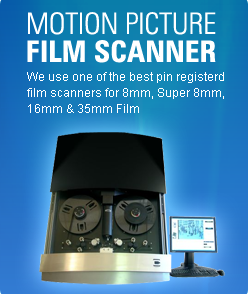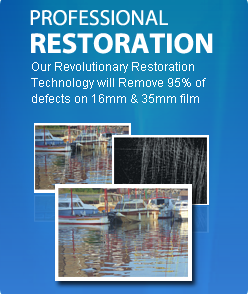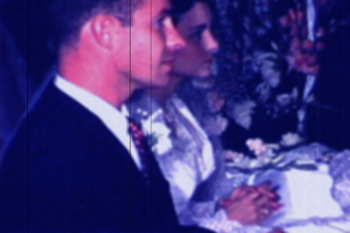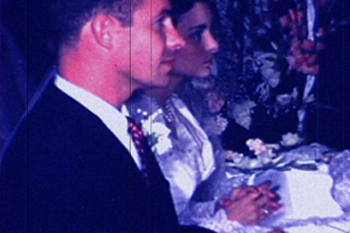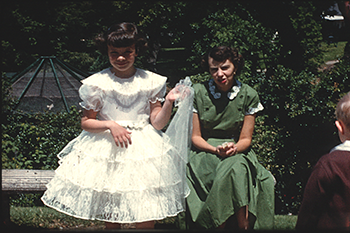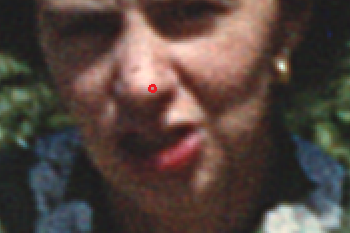
The first table shows how the same film looks using our 4 different processes. You can see that the difference can be significant for our Fort Smith customers.
The second table presents a case for scanning 8mm and Super 8 film at 2K resolution. In the past year we have done 20 comparisons. Contrary to popular belief, we do see a noticeable difference in quality between our Pro HD and Pro 2K process on 8mm and Super 8 film.
In general it is recommended that you scan at or above the resolution of the film. For 8mm and Super 8 that means scanning at HD or 2K.
8mm And Super 8 Film Fort Smith |
|
SD Scan
|
|
Pro HD Scan
|
|
Pro 2K Scan
|
|
Pro 4K Scan
|
|
Film Resolution |
|
Resolution of Film |
|
Film Grain
|
|
Film Grain vs Digital Pixel
|
|
Professional films usually have access to the original camera negative in addition to work prints, answer prints, etc. It is always better to scan using the original camera negative.
Fort Smith Fun Facts: Fort Smith is situated in the River Valley in northwest Arkansas in Sebastian County. It's near the junction of Arkansas and the Poteau rivers and is close to the border with Oklahoma. The city is known for having been a significant factor in the settling of the "Wild WeSt" Fort Smith was established in 1817 as a military base to watch over the nearby Indian Territory. In 1824 the fort was no longer utilized, however a community established by John Rogers had grown and thrived near the fort.
Arkansas Fun Facts: Little Rock, the state capital, is located in the central part of the state. In 1957, Little Rock Central High School became the focus of national attention when federal troops were deployed to the campus to enforce integration. Part of the land acquired in the Louisiana Purchase, Arkansas became a separate territory in 1819 and achieved statehood in 1836. A slave state, Arkansas became the ninth state to secede from the union and join the Confederate States of America.
